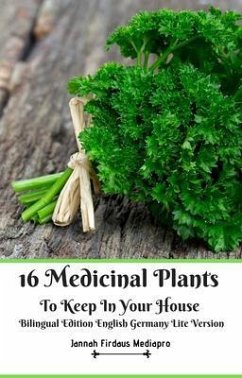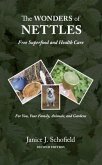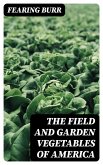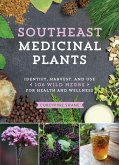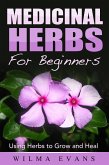16 Medicinal Plants to Keep in Your House Bilingual Edition In English and Germany Languange Lite Version. Medicinal plants, also called medicinal herbs, have been discovered and used in traditional medicine practices since prehistoric times. Plants synthesise hundreds of chemical compounds for functions including defence against insects, fungi, diseases, and herbivorous mammals. Numerous phytochemicals with potential or established biological activity have been identified. The earliest historical records of herbs are found from the Sumerian civilisation, where hundreds of medicinal plants including opium are listed on clay tablets. The Ebers Papyrus from ancient Egypt, c. 1550 BC, describes over 850 plant medicines. The Greek physician Dioscorides, who worked in the Roman army, documented over 1000 recipes for medicines using over 600 medicinal plants in De materia medica, c. 60 AD; this formed the basis of pharmacopoeias for some 1500 years. Drug research makes use of ethnobotany to search for pharmacologically active substances in nature, and has in this way discovered hundreds of useful compounds. These include the common drugs aspirin, digoxin, quinine, and opium. The compounds found in plants are of many kinds, but most are in four major biochemical classes: alkaloids, glycosides, polyphenols, and terpenes. Medicinal plants are useful to keep on hand to treat common ailments. You can reach for certain medical plants to relieve headaches, tummy trouble and even irritation from bug bites. Plants can be consumed in teas, used as garnish, applied topically as essential oil or consumed as a pill. It's important to remember that you should always double check with your doctor before consuming or using anything new for your body. If you choose to grow some of these plants, remember to take proper care according to the plant's care guidelines and refrain from using any pesticides or other harmful chemicals on your plants.
Dieser Download kann aus rechtlichen Gründen nur mit Rechnungsadresse in A, D ausgeliefert werden.

